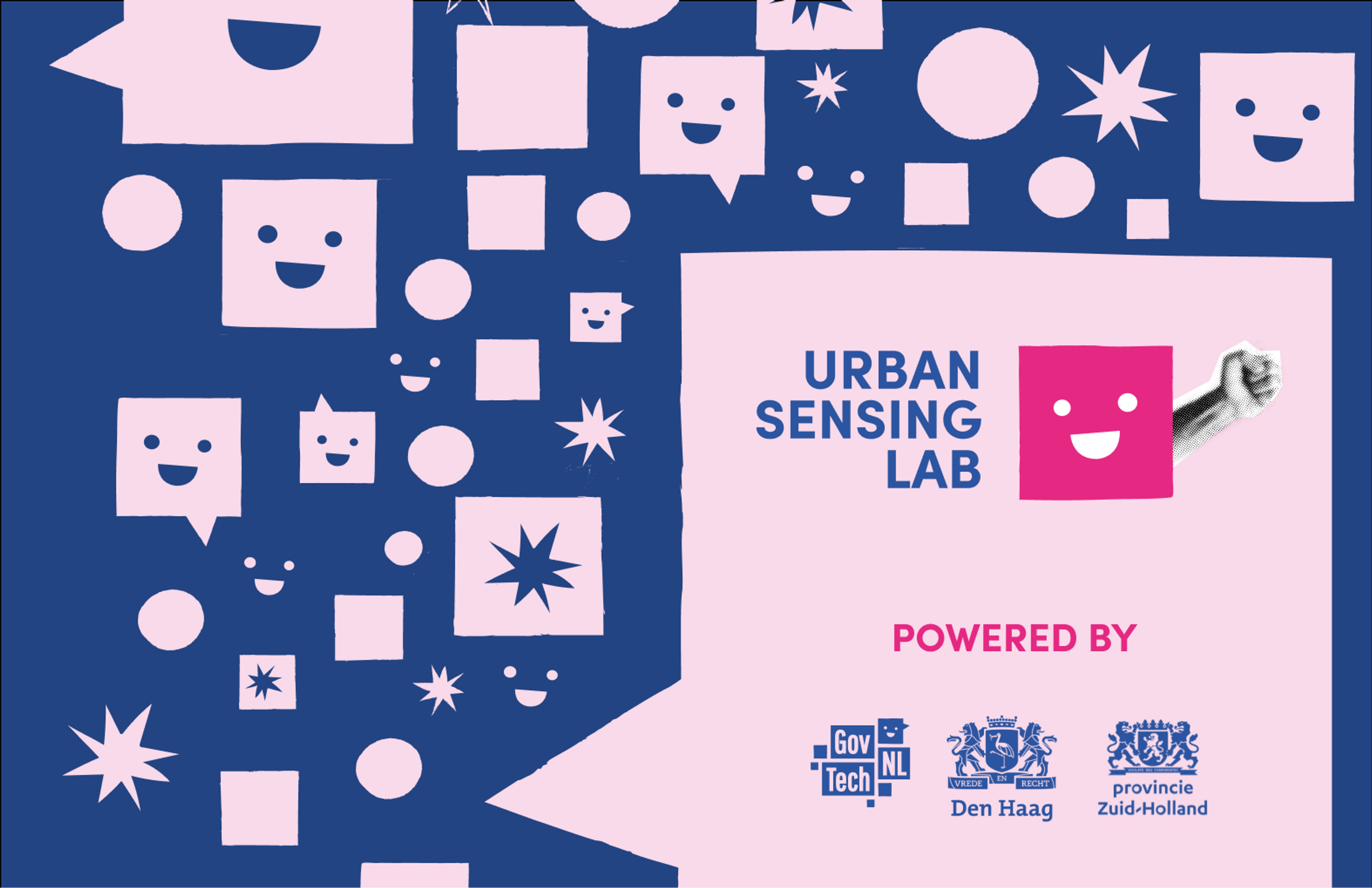
April 19, 2023
Running a Successful Hackathon
#hackathons
#innovation



Daniël Steginga
Managing Director of WorldStartup
Share
Hackathons are an increasingly popular tool for innovation and creativity, bringing together individuals from diverse backgrounds to collaborate on projects with the goal of developing new products or solutions. In this article, we explore why hackathons are organized and their position in the innovation landscape. We also provide a four-step methodology for facilitating a successful hackathon.
Why are Hackathons organized?
Hackathons are organized for a variety of reasons, but they all share a common goal: to generate new ideas and solutions. These events provide a platform for people to come together and work collaboratively on projects that they are passionate about. Hackathons are often organized by companies or organizations looking to foster innovation within their industry, but they can also be organized by individuals or groups who want to make a difference in their community.
Hackathons also provide an opportunity for people to network and learn from one another. Participants often come from diverse backgrounds, including software development, design, business, and marketing. By working together on a project, they can learn from each other's strengths and weaknesses and gain a deeper understanding of the challenges facing their industry.

Hackathons in the innovation landscape
Hackathons have become an integral part of the innovation landscape. They are often used as a way to jumpstart new initiatives or projects. Hackathons can be used to identify new business opportunities, create new products or services, or solve challenges. They provide a low-risk environment to test new ideas and concepts, and they can lead to significant breakthroughs.
Hackathons also foster a culture of innovation. By bringing people together to work collaboratively on a project, they encourage creative thinking and experimentation. Hackathons often result in new approaches and ideas that may not have been considered otherwise. They can be a source of inspiration for entrepreneurs and innovators looking for new opportunities.
Different types of hackathons
Hackathons have different types, each with unique challenges and objectives. Policy Challenges focus on solving policy problems, while Behavioral Challenges explore human behaviour to develop solutions that promote positive outcomes. Urban Planning Challenges address issues related to urbanization and sustainable development, and Product and Service Design Challenges aim to develop innovative solutions for various problems. Each hackathon involves collaboration between participants from diverse backgrounds and uses technology, data analytics, and design to create solutions that meet the needs of society while being socially and environmentally responsible.

Methodology for teams
Facilitating teams to create concepts for a challenge is extremely important. Not every participant at a hackathon has the experience to generate ideas and work on a plan. WorldStartup is following a four-step methodology for teams participating in a hackathon:
1. Analyze: Before ideating, it's important to analyze the challenge or opportunity you're trying to address. What is the core challenge? What are the criteria for solutions? Who is involved? By conducting a thorough analysis, you can identify the most promising areas for ideas.
2. Ideate: Once you have identified the challenge or opportunity, it's time to ideate. Bring together a diverse group of participants and encourage them to generate new ideas and approaches. Provide them with the tools and resources they need to brainstorm and collaborate effectively. Encourage them to think outside the box and explore new possibilities.
3. Conceptualise: Work with the participants to refine their ideas and develop prototypes or models. Provide them with feedback and support as they develop their concepts. Encourage them to test their concepts and iterate based on feedback.
4. Convince: Now that you have a set of promising concepts, it's time to convince others of their value. Develop a pitch or presentation that communicates the potential of the concepts. Work with the participants to develop a compelling story that highlights the impact and value of their ideas. Provide them with the resources they need to effectively communicate their concepts to others.

Hackathons are a powerful tool for innovation and creativity. They bring together diverse groups of people to work collaboratively on projects to generate new ideas and solutions. Hackathons are an integral part of the innovation landscape and are often used to jumpstart new initiatives or projects. By following a methodology that includes analysing, ideating, conceptualising, and convincing, you can run a successful hackathon.
If you are new to hackathons and would like to learn more about them, join our Hackathon for Good or contact us.
Written By
WorldStartup

Share
More stories
Meet SPAIA: Protecting the tiny creatures that keep nature in balance
#basecamp
#biodiversity
#sustainability

A Story of Growth and Innovation: Rendair's Journey to Simplifying 3D Design
#basecamp
#architecture
#innovation

Business out of balance and how to restore it
#womeninventures
#post-growth
#masculine values
#feminine values

Green Habit: Revolutionising Sustainable Living with AI
#basecamp
#AI
#sustainability



